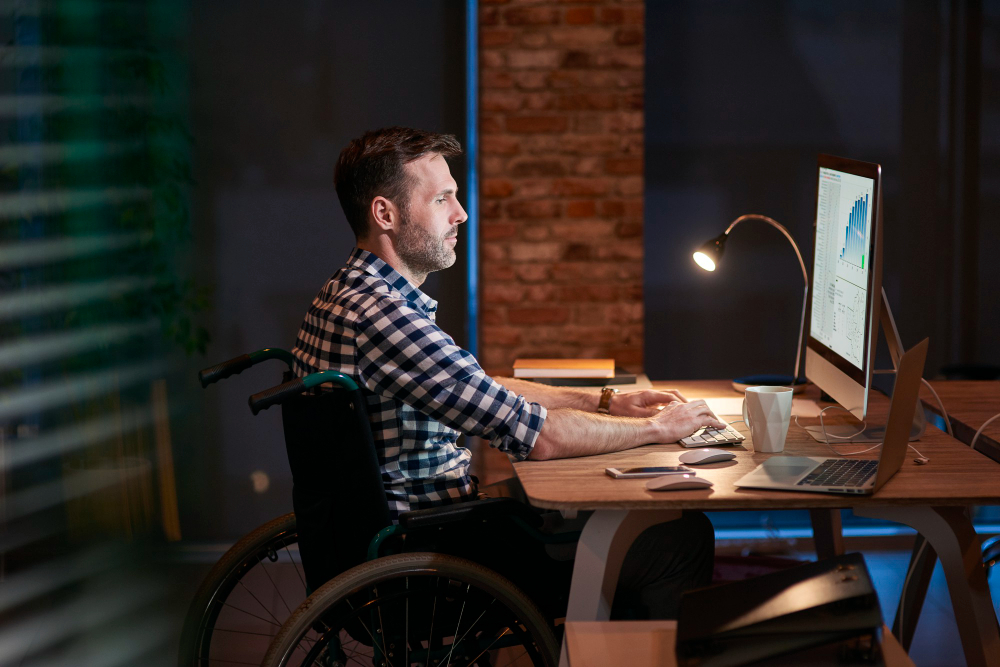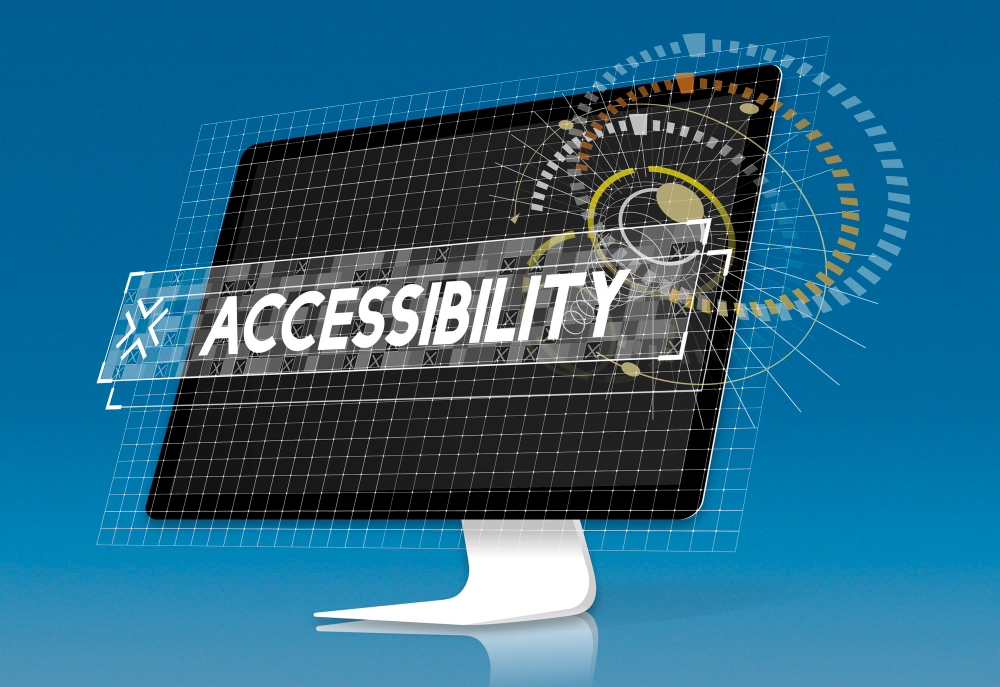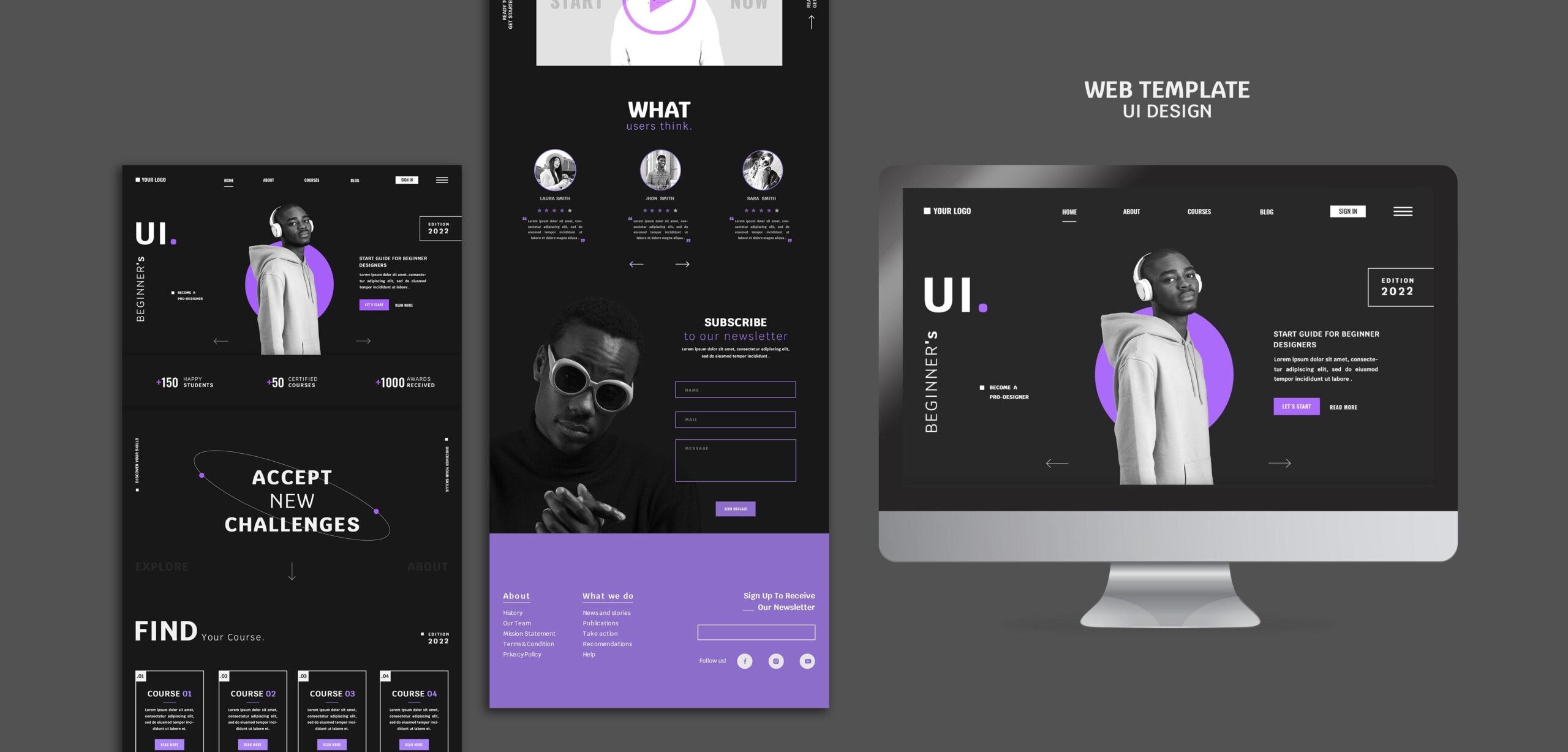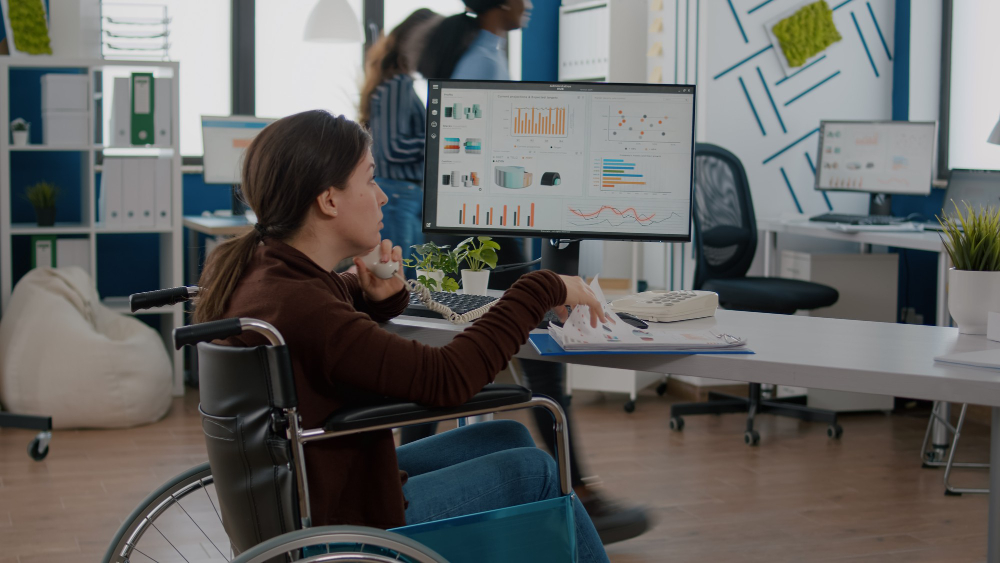
As the world evolves, the need for technology is increasing daily. Technology works on an algorithm that ensures individuals are assisted by providing solutions and even performing tasks.
Web accessibility is also a part of technology. Actually, it’s a crucial part that decreases physical interaction and plays a vital role in improving digital productivity, along with the chance for opportunities.
Web Accessibility is the reason for growth because it allows everyone, from the disabled and remote natives to even the housewives, to become equally empowered and able to contribute to the world without any physical appearance.
Contributing to or availing themselves of higher education, online banking, remote work, or even shopping from e-commerce websites will benefit those who are always left behind in the world’s marathon.
In today’s article, we will discuss why web accessibility is important and what the benefits of web accessibility could be.
Additionally, we will discuss some beneficial points that people need to be aware of while utilising websites.
What is Web Accessibility?
 Before we describe the importance of web accessibility too extensively, we need to understand the concept.
Before we describe the importance of web accessibility too extensively, we need to understand the concept.
Website accessibility refers to the design of digital content, tools, and technologies that can be utilised by everyone, including people with disabilities.
The accessibility in web design will be planned according to W3C Web Content Accessibility Guidelines (WCAG), the convenient design ensures that content is perceivable, operable, understandable, and accessible to every user.
Impact on Users with Disabilities:
- Visual impairments: Users with low eye-sight may rely on screen readers or high-contrast display settings, without the proper text alternative, which will block information that is labelled as inaccessible content.
- Auditory impairments: Features like multimedia content without captions or transcripts can decrease the appearance of users who are deaf or hard of hearing.
- Motor impairments: Keyboard navigation or voice controls nonexecution will also become the reason for less human interaction by inaccessible interface.
- Cognitive impairments: Complex layouts or unclear instructions can confuse users or make tasks more complicated to complete.
How to Make a Website Accessible (Step-by-Step Guide)
 Accessibility in web design represents equality. It is a chance to support and motivate those who have lost hope of becoming someone or something only because their disability limits their opportunities.
Accessibility in web design represents equality. It is a chance to support and motivate those who have lost hope of becoming someone or something only because their disability limits their opportunities.
Using this approach to create an accessible web design will ensure that all users, including the disabled, can efficiently use the website’s resources.
Here is the technical breakdown, which is going to be implemented while planning a web accessible:
1. Use Semantic HTML
While planning an optimized structured website, ensure to use proper HTML elements (<header>, <main>, <nav>, <footer>, <section>, <button>, etc.), their utilisation gives meaning and structure to your content.
This pattern will become useful for blind users, those with visual impairments, and even older adults, as they can access it from screen reading software.
2. Add Alt Text for Images
To enhance the productivity of an ordinary image, use the descriptive alt attributes to make an image meaningful. This allows the user of screen reading software to understand the context of the image.
HTML Code:
<img src= “example.jpg” alt= “Product image of red running shoes”>
3. Ensure Keyboard Navigation
Design your website efficiently so that users can navigate it using a keyboard and mouse; both devices help to operate the platform.
- Use logical tab order.
- Highlight focused elements.
- Avoid using tabindex values that disrupt natural flow.
4. Use ARIA Landmarks
When semantic HTML is not enough, use ARIA (Accessible Rich Internet Applications) roles like role= “navigation” or role= “main” to define regions for assistive tech.
<div role=”navigation”>…</div>
5. Maintain Color Contrast Ratio
Maintaining the color contrast ratio is highly recommended while building a strategic project. Ensure text and background colors have sufficient contrast (at least 4.5:1 for normal text). This benefits users with visual impairments or color blindness.
Use tools like WebAIM Contrast Checker.
6. Include Captions for Audio/Video
Utilize code features like captions and/or transcripts for audio and video content. This supports users who are deaf or hard of hearing.
HTML Code
<video controls>
<source src=”video.mp4″ type=”video/mp4″>
<track src=”captions.vtt” kind=”captions” srclang=”en” label=”English”>
</video>
7. Test with Screen Readers
After optimizing your product as per the requirements of web accessibility, now you need to test it by reader reader software, such as:
- NVDA(Windows)
- VoiceOver(Mac)
Optional Tool:
- WAVE
- Axe DevTools
- Lighthouse
Why is web accessibility Important for Disabled people?
 Web accessibility ensures site users navigate, understand, and interact with the services and features. It is a smart pattern-based approach that is designed to empower everyone.
Web accessibility ensures site users navigate, understand, and interact with the services and features. It is a smart pattern-based approach that is designed to empower everyone.
As an example:
When a person who suffers from visual impairment visits an accessible e-commerce site, they can use a screen reader to hear product descriptions, navigate menus with a keyboard, and even complete checkout forms with ease.
If images have alt text and buttons are labeled properly, the experience becomes smoother.
Similarly, a user who is hearing impaired can watch product videos with captions, while someone with motor disabilities can use assistive tools or keyboard shortcuts instead of a mouse.
Accessibility plays a vital role in removing the possible barriers that disabled people face while participating in the regular tasks that people often pursue without any limitations or restrictions, like shopping, learning, communicating, and working online independently.
Without it, basic tasks like buying groceries, booking tickets, or reading information can become frustrating or impossible.
A promising inclusive design isn’t just a technical requirement; it’s crucial to promoting equal access and digital dignity for all.
How Does Web Accessibility Impact in Real-World Scenarios?

People often question whether web accessibility truly benefits disabled individuals or if it’s just a claim. But for many, it’s life-changing.
Among many real-life examples, Aliyan is one of them. He was born with a physical disability.
His passion for learning and creating change was strong, but his mobility limitations kept him bound to the surrounding resources.
Attending libraries or academic institutions felt overwhelming due to physical and social barriers.
However, to break this limitation, Aliyan gave a chance to the digital world, which resulted in a right route to success.
By approaching web accessibility and the assistance of keyboard and screen, he began exploring educational content, online lectures, and global knowledge all from the comfort of his home.

No doubt, that web accessibility opened doors that aliyan never imagined. He enrolled in an online academy and actively engaged with classmates. This helps a lot to rebuild his confidence.
Aliyan’s journey proves that accessing the digital world isn’t just a feature it’s a lifeline.
It empowers people to grow, connect, and contribute to the world, regardless of physical limitations.
How Many People Are Affected by the Lack of an Unaccessible Web?
U.S web accessibility statistics of 2025
The current U.S web accessibility statistics, which describe the affected ratio:
| Metric | Value |
| Percentage of U.S. adults with disabilities | 28.7% |
| Number of U.S. adults with disabilities | Over 70 million |
| Percentage of websites that are accessible | ~40% |
| Disabled people not using accessible websites | Estimated 60% affected |
Global web accessibility statistics of 2025
| Metric | Value |
| Global population with disabilities | Approximately 1.3 billion people (16% of the global population) |
| Percentage of websites that are accessible | Only about 2% of websites meet accessibility standards |
| Websites with accessibility issues | Over 96% of the top one million web pages have accessibility issues |
| Users with disabilities leaving inaccessible sites | 68% of users with disabilities leave websites due to accessibility barriers |
| Global disposable income of people with disabilities | Estimated at $8 trillion annually |
In conclusion, web accessibility is a necessity. Despite 28.7% of U.S. adults and 1.3 billion people globally living with disabilities, most websites remain inaccessible.
Only ~40% of U.S. sites and just 2% worldwide meet accessibility protocols and standards, causing 60–68% of disabled users to leave due to barriers.
Not implementing an accessible structure is an opportunity that we are missing out on, and we don’t even think about it.
Whether it’s e-commerce, education, banking, or food services, accessibility must be built into every site.
Applying this algorithm to the existing platform requires you to connect with experts who can assist you, like Vince Logo Design, which ensures your website is inclusive, usable, and ready for everyone.
FAQ Section
Q1. Why is web accessibility important?
It ensures that the platform they are serving or offering will be accessible for everyone, from ordinary people to disabled individuals.
Q2. How do I test if my website is accessible?
Utilizing tools like WAVE, Axe, and Lighthouse will enable you to test the site.
Q3. Who benefits from accessible websites?
Anyone can benefit by approaching the site. However, it especially benefits people with disabilities, older adults, and mobile users.
Q4. Is web accessibility a legal requirement?
Yes, in many countries it’s required by law (e.g., ADA in the U.S., EN 301 549 in the EU).
Q5. Is Web Accessibility harmful in any societal scenario?
While web accessibility is overwhelmingly positive, it also has a few concerns that people should be aware of:
- Security risks: Simple designs may expose sensitive data.
- Design limitations: Creativity might be restricted by some protocols.
- Implementation cost: Can be costly for small businesses.
- Misuse: Hackers may exploit assistive tools.
Conclusion
In today’s article, we understand the importance of accessibility in web design and how beneficial it will be for the individual, especially those often left behind in the marathon of life.
Describing its advantages after implementation from small businesses to worldwide champions, whether they digitally serve in the appearance of banking, food delivery, or even education, the implementation of accessible web algorithms is a must for everyone.

Vince Logo Design is a distinguished digital marketing agency, specializing in crafting compelling brand identities and optimizing online presence. We are your partners in creating impactful digital strategies that drive results.
Get in touch.Articles
- Top 10 SEO Benefits of Responsive Web Design in 2025
- 8 Best CMS for Small Business in 2025: Pick the Popular
- 5 Best Hosting for Small Business Websites
- Affordable WordPress Website Design: Best Service Provider
- Custom Design Vs Template Website: Which One Is Best?
- Fix My WordPress Site: WSOD, Redirect & Site Maintenance
Get Free Consultancy
Fill the following form and receive a guaranteed response within 48 hours.
We have worked with world's leading brands











